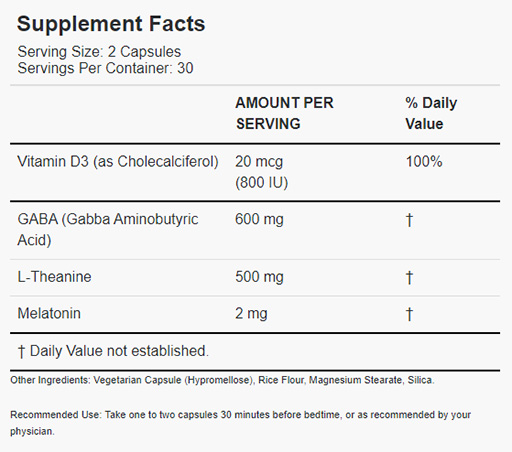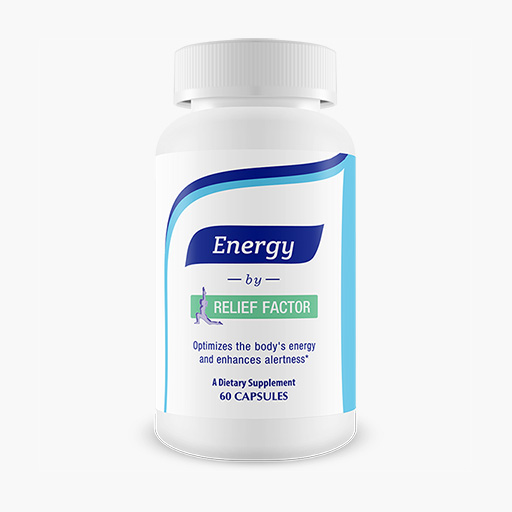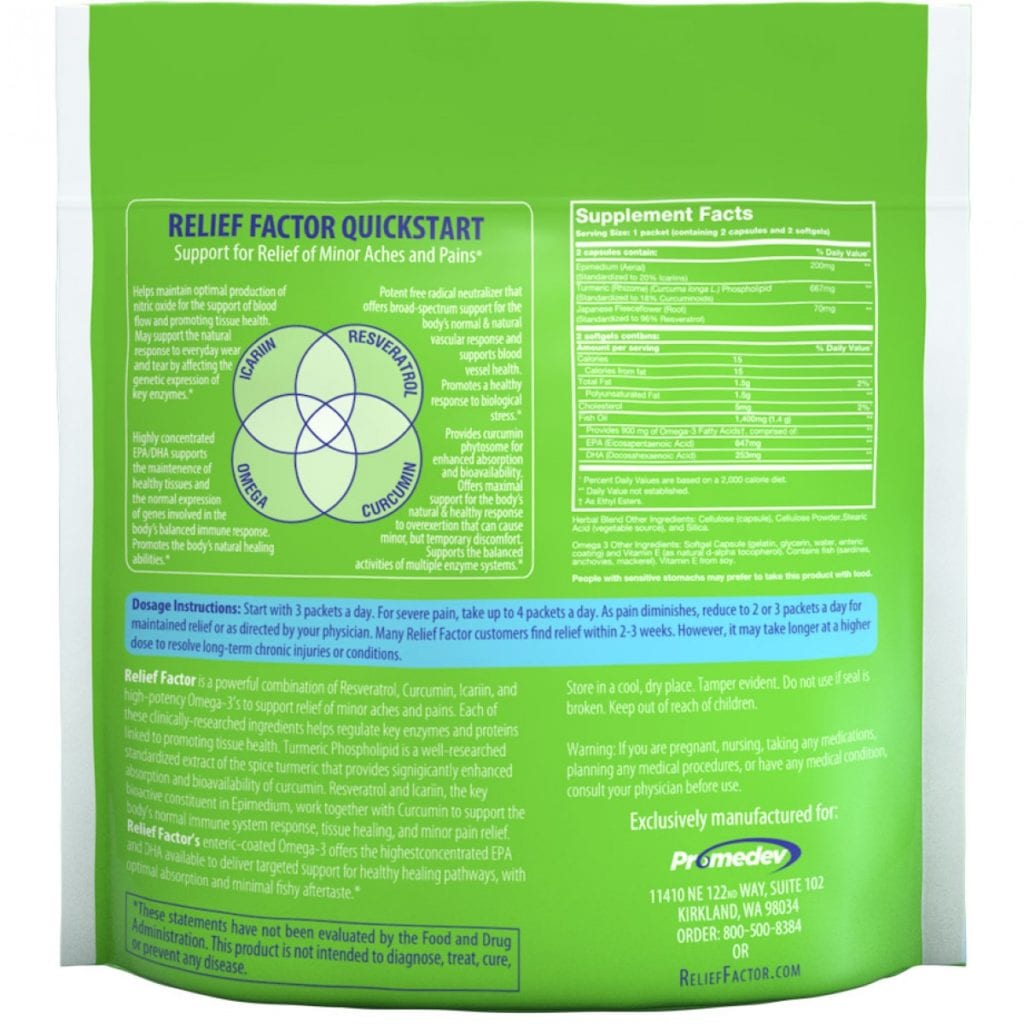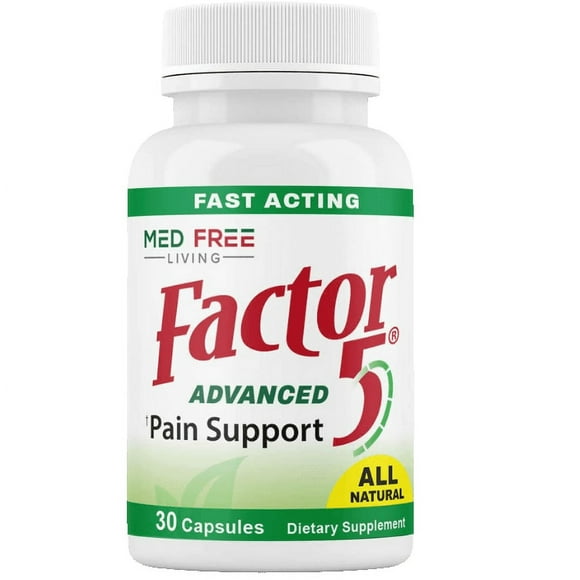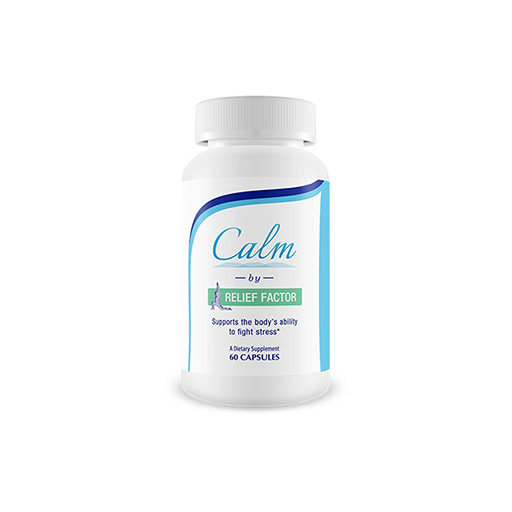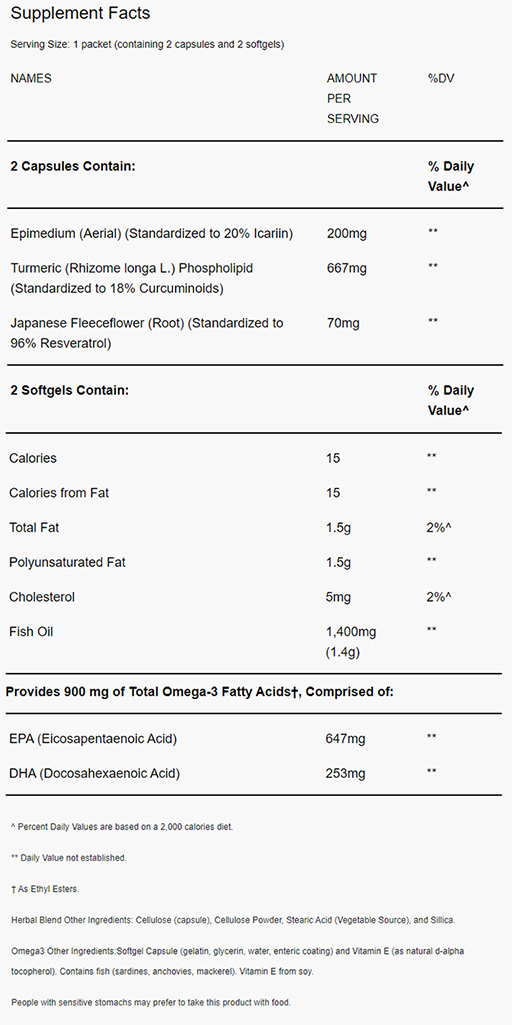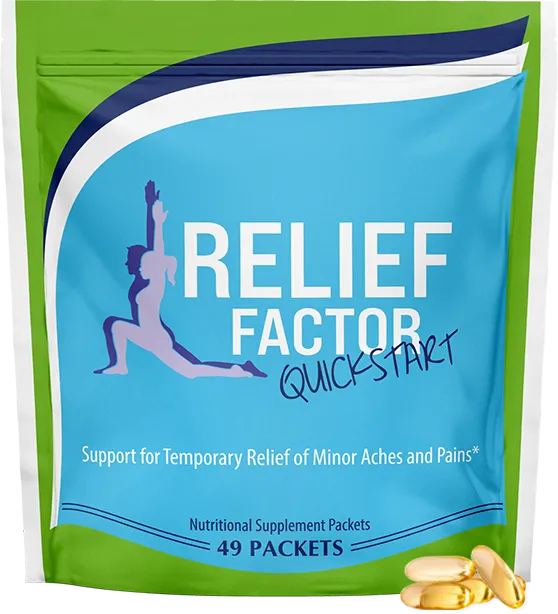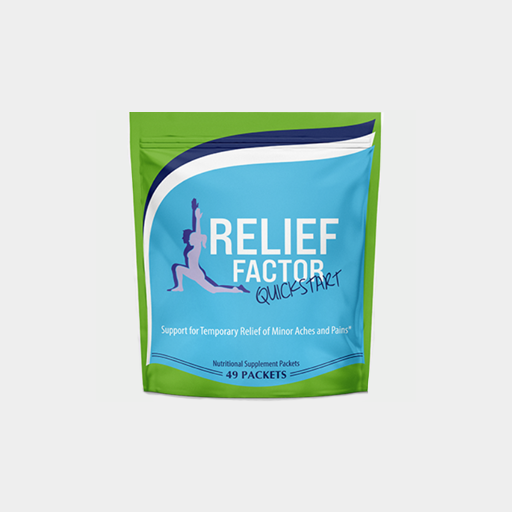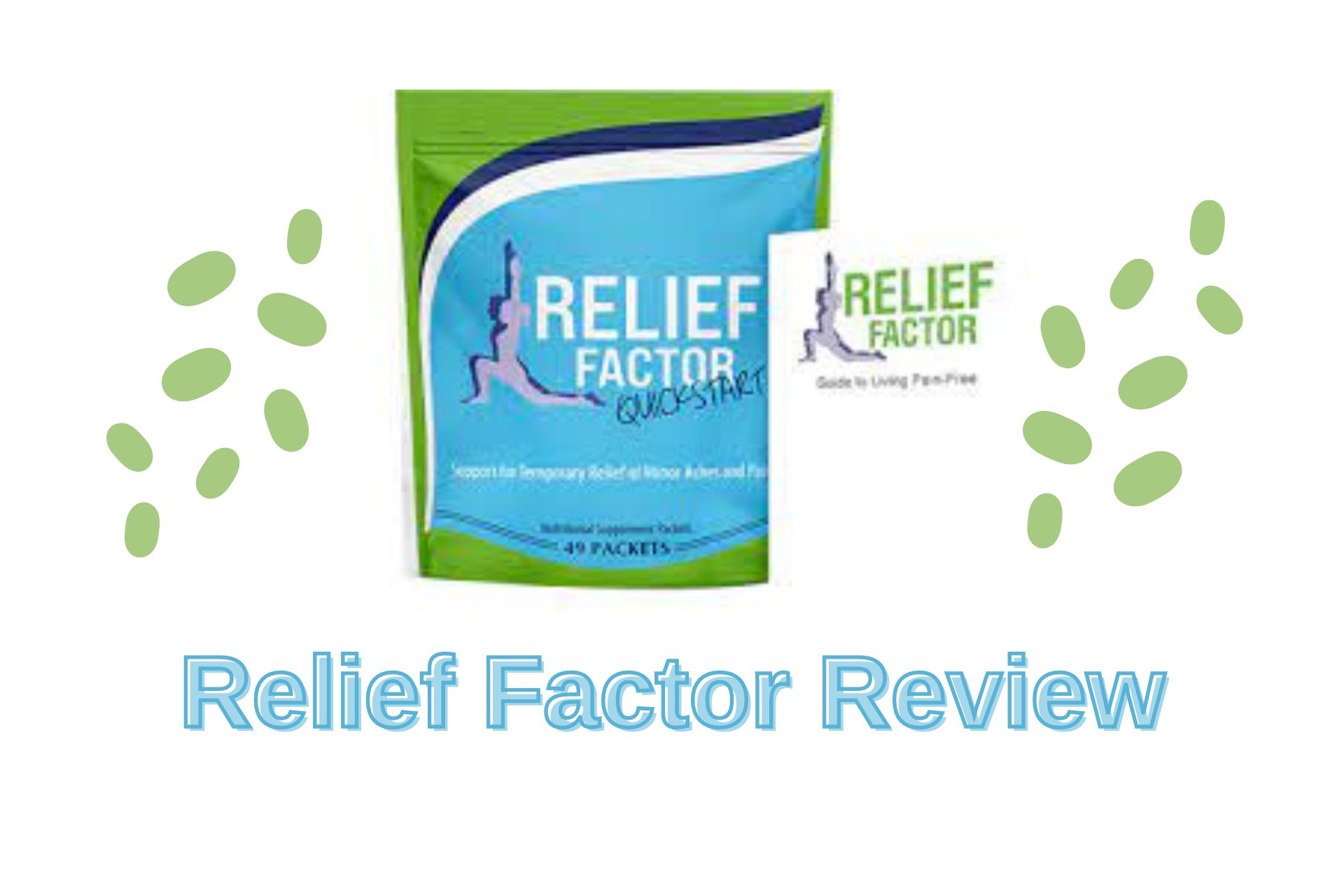What Are The Ingredients In Relief Factor Supplement
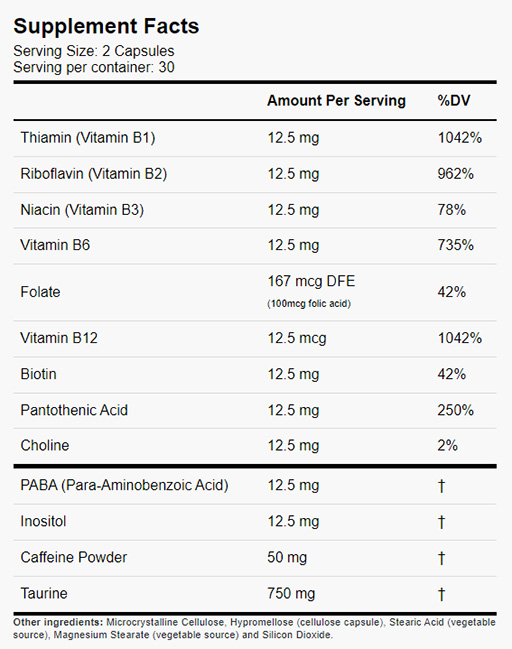
Relief Factor, a popular dietary supplement marketed for pain relief and inflammation, has drawn scrutiny regarding its ingredients and their potential effectiveness. Consumers seeking alternatives to traditional pain medications are demanding transparency about what they're putting into their bodies.
This article provides a concise breakdown of Relief Factor's key ingredients, offering essential information for informed decision-making. We'll examine the specific components and their purported benefits, separating marketing claims from scientific evidence.
The Core Ingredients of Relief Factor
Relief Factor's formula is built around four primary ingredients. These are EPA and DHA (Omega-3 fatty acids), Turmeric, Resveratrol, and Icariin.
Omega-3 Fatty Acids (EPA and DHA)
EPA (eicosapentaenoic acid) and DHA (docosahexaenoic acid) are essential omega-3 fatty acids. They are often sourced from fish oil. These are known for their anti-inflammatory properties.
They work by influencing the production of eicosanoids, hormone-like substances that play a role in inflammation. Typical dosages in Relief Factor are intended to contribute to overall cardiovascular and joint health, though individual responses can vary.
Turmeric
Turmeric is a spice derived from the Curcuma longa plant. Its active compound, curcumin, is celebrated for its antioxidant and anti-inflammatory effects. It has been used for centuries in traditional medicine.
The curcumin content in Relief Factor is intended to help manage inflammation and alleviate pain. However, the bioavailability of curcumin is naturally low, meaning the body doesn't absorb it easily. Many supplements use forms designed for enhanced absorption. Relief Factor contains turmeric extract, but the level of bioavailability enhancement isn’t clearly stated on the packaging.
Resveratrol
Resveratrol is a polyphenol found in grapes, berries, and red wine. It is known for its antioxidant and anti-inflammatory properties.
It's often associated with cardiovascular health and may help protect cells from damage caused by free radicals. Resveratrol aims to support overall cellular health and reduce oxidative stress, which can contribute to inflammation and pain.
Icariin
Icariin is a flavonoid derived from the Epimedium plant, also known as Horny Goat Weed. It has been traditionally used in Chinese medicine.
It is believed to have anti-inflammatory and neuroprotective effects. Icariin is included in Relief Factor to potentially support joint health and reduce discomfort.
Dosage and Considerations
The recommended dosage of Relief Factor is typically two packets per day, taken with meals. Each packet contains a combination of the four key ingredients.
It’s crucial to review the specific dosage information on the product label and consult with a healthcare professional before starting any new supplement regimen. This is particularly important if you have existing medical conditions or are taking other medications.
Potential Side Effects and Interactions
While generally considered safe for most individuals, Relief Factor may cause side effects in some. Common side effects can include digestive upset, such as nausea, diarrhea, or bloating.
Omega-3 fatty acids can have blood-thinning effects, so individuals taking blood thinners should exercise caution. Turmeric may also interact with certain medications, such as blood thinners and antiplatelet drugs. Resveratrol can interact with blood thinners as well.
Always inform your doctor about all supplements you are taking, especially if you are scheduled for surgery. This ensures potential interactions and risks are properly assessed.
Efficacy and Scientific Evidence
The effectiveness of Relief Factor for pain relief and inflammation remains a topic of debate. While individual ingredients have shown promise in studies, the overall formula's efficacy requires further research.
Some studies suggest that omega-3 fatty acids, curcumin, and resveratrol can help reduce inflammation and alleviate pain. However, these studies often involve higher doses or different formulations than those found in Relief Factor. The synergistic effect of combining these ingredients in the specific proportions used in Relief Factor also requires further investigation.
Consumers should approach marketing claims with a critical eye and consult with healthcare professionals for personalized advice. Relying solely on anecdotal evidence or testimonials is not a substitute for scientific research and medical guidance.
Ongoing Developments and Next Steps
The supplement industry is constantly evolving, and research on natural ingredients continues to expand. Consumers should stay informed about the latest findings and recommendations from reputable sources.
Regulatory agencies, such as the Food and Drug Administration (FDA), play a role in monitoring the safety and labeling of dietary supplements. However, it's important to note that the FDA does not approve dietary supplements before they are marketed.
Consult with a healthcare provider to determine if Relief Factor or other pain relief options are appropriate for your specific needs. Proactive communication with your doctor ensures safe and effective management of pain and inflammation.

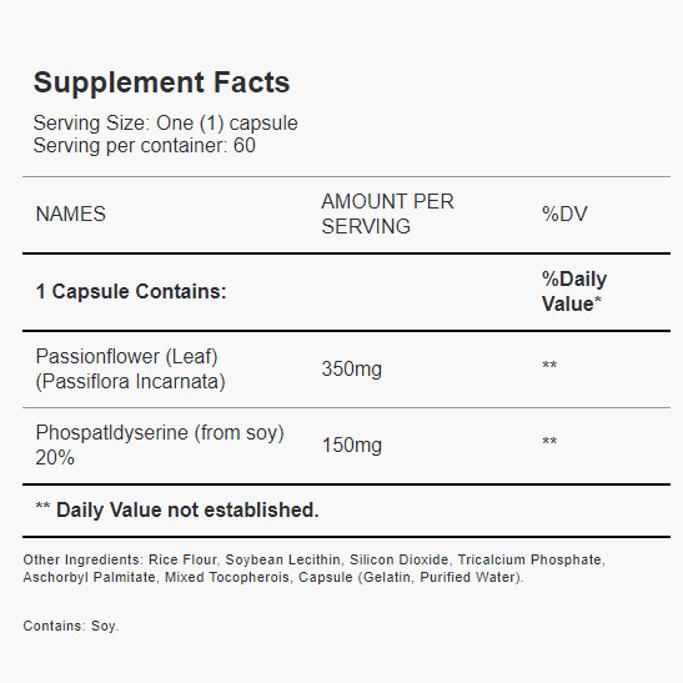

![What Are The Ingredients In Relief Factor Supplement Relief Factor review - 7 facts you should know [OCTOBER 2022]](https://nebula.org/blog/wp-content/uploads/2022/10/relief-factor-ingredients.png)

